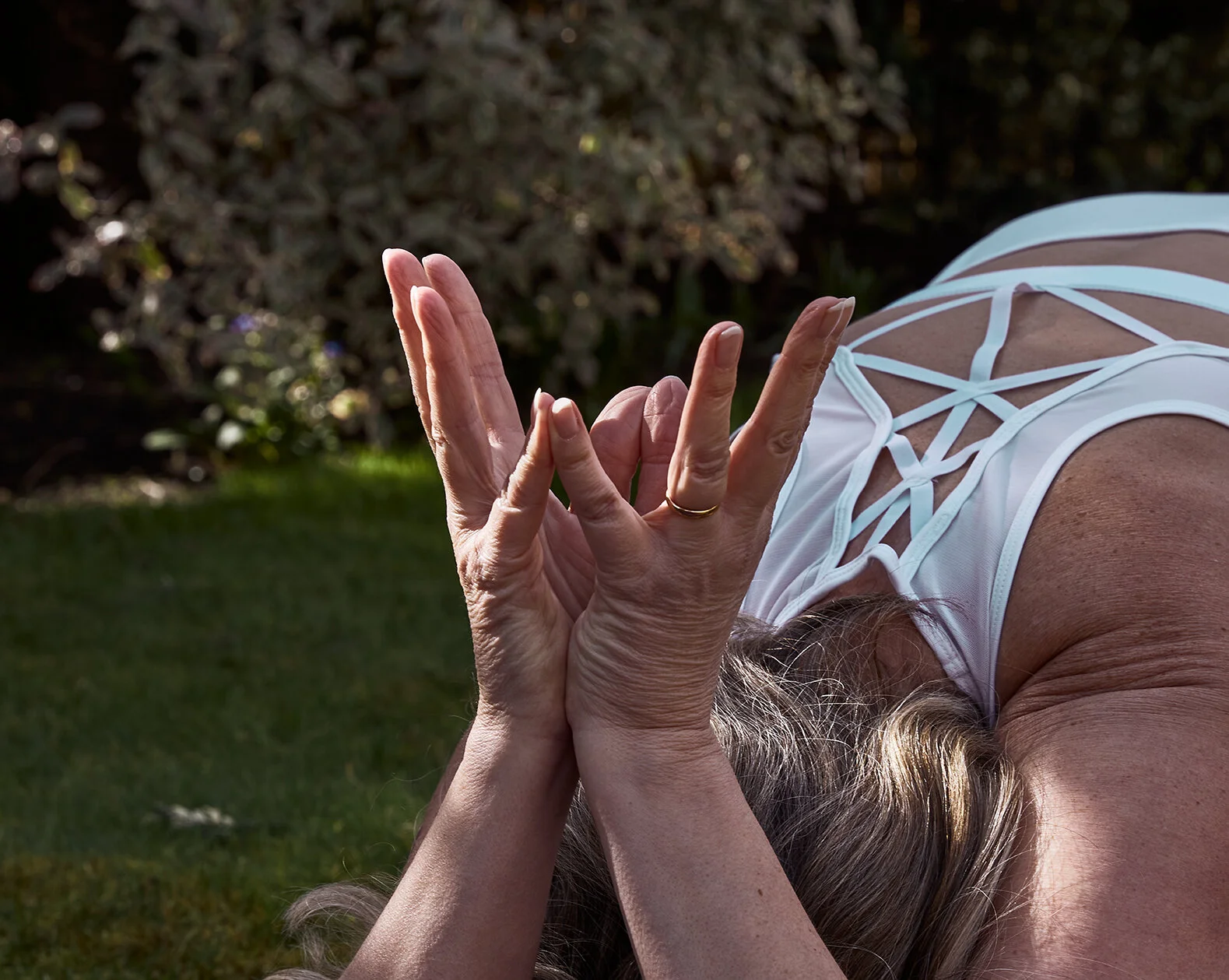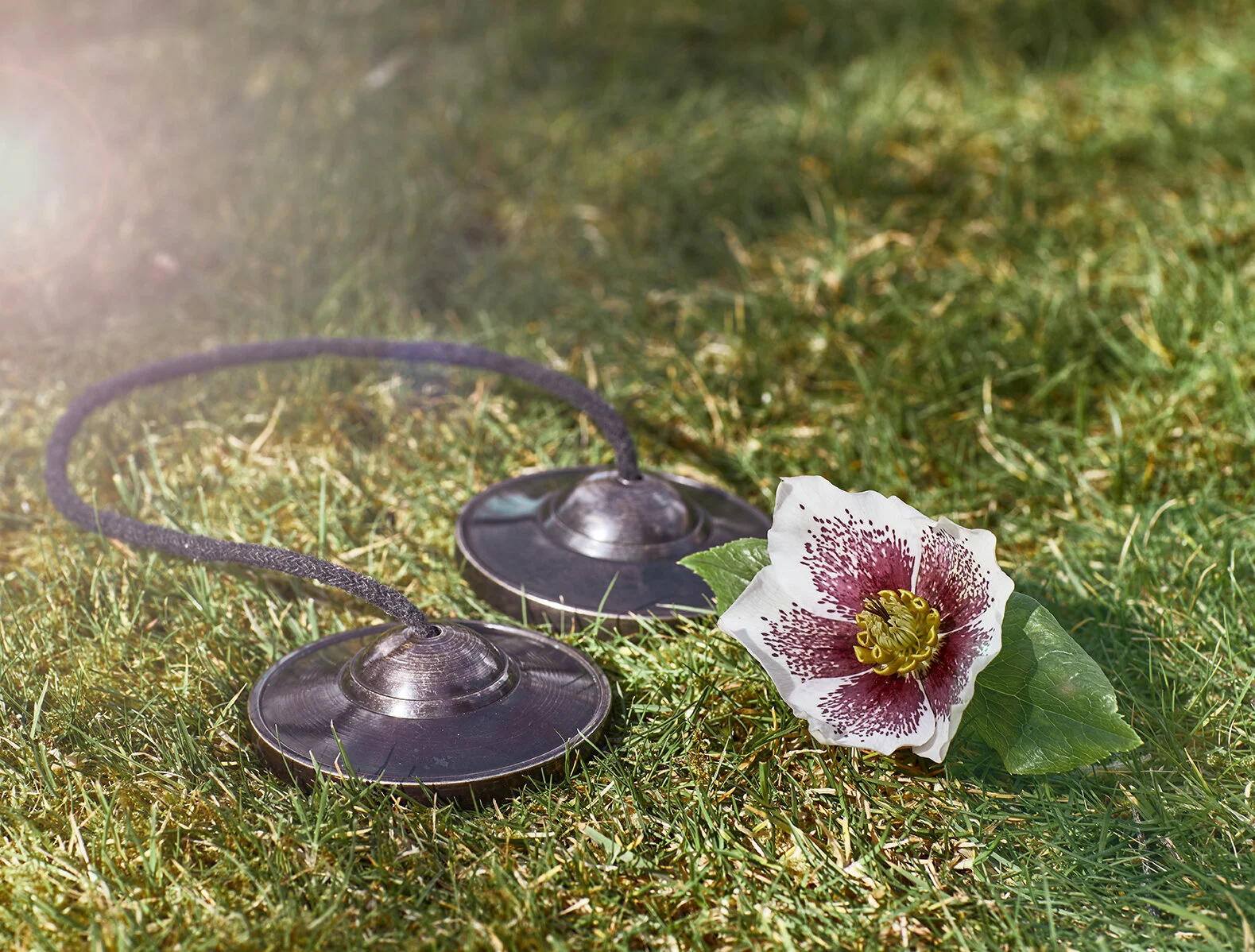Yoga and ageing - Part 3
As yoga has become more mainstream, scientific studies on the benefits have been burgeoning over the last few years. Although objective clinical trials to absolutely prove without doubt the advantage of yoga over other forms of exercise interventions is not possible, there is evidence suggesting benefits for depression and anxiety, increased resilience to stress, lowering the risk of heart disease, blood pressure, cholesterol and weight gain. Yoga practitioners are 20% more likely to have a positive image of their own physical and mental health, 66% exercise more and 40% eat healthier foods.
With increasing age the frequency of chronic and non communicable disease such as heart disease, cancers, type 2 diabetes, arthritis and conditions such as sarcopenia (loss of muscle mass and strength) increase, many of which are associated with lack of physical activity. An increase in sarcopenia in particular can lead to an increased risk of osteoporosis and falls
In order to reduce these risks, physical activity should be maintained throughout life such that the tissues in the body (muscles and bones etc) are exposed to a certain amount of mechanical and biological stress as well as maintaining function of the joints to enable efficient movement and maintain joint flexibility.
Movement, in the form of Yoga is an ideal way to expose the body to biological and mechanical stress as well as keeping the joints supple and flexible in a controlled and gentle manner particularly to those who perhaps did not participate in exercise earlier in their life. Even for older adults with chronic disease Yoga can help with symptom management and prevention of co-morbidities and secondary conditions.
In addition to the benefits of Yoga on the physical body, Yoga can help improve cognitive and brain function, anxiety and depression as well as providing an environment for social interaction. Adults who participate in physical activity score higher on quality of life surveys and generally have improved body image, perception of self-efficacy and self-esteem
“The success of Yoga does not lie in the ability to perform postures but in how it positively changes the way we live our life and our relationships.” T.K.V.Desikachar
Is yoga only about asana?
No, there is much, much more to yoga than practicing asanas though most people do come to yoga classes initially for the exercise. Once you have been attending regular class you may begin to start noticing subtle changes in your thinking. Many of my students say they feel generally calmer, not flying off the handle as often as they used to, sleeping better, feeling overall more healthy. How many other forms of physical fitness have these benefits, not that many.
Where and when can you give it a go?
During this time of lockdown why not give yoga and/or Pilates a go online. You can book into one of my classes, depending on which one you feel will be most appropriate, however if you are at all unsure drop me an email and I can help you choose.
I’d love to see you there.
“Your body can do it. It is your mind you need to convince.” Anon
Yoga and ageing - Part 2
I have often been asked “What happens in a yoga class, is it all chanting and dinging bells?”
The answer depends on the type of yoga class you choose to attend. Some teachers incorporate chanting in all of their classes, and some never do. Some use bells and others don’t. It all depends on the style of yoga and the teachers preferences and intention for the class.
The vast majority of yoga classes in studios and gyms now are loosely divided into three sections:
Breath work, pranayama
Moving practice, asanas
Stillness, savasana
Pranayama
Take a moment and notice you breath now. The likelihood is that you are breathing into the top part of your lungs and not using them to their full capacity. Yoga pranayama practice teaches us how to use our breath efficiently and to maximum effect, using various different breathing techniques, for instance alternative nostril breath. There is substantial evidence that mindful breathing has health benefits for things such as anxiety and stress, has a calming effect on the nervous system, improves lung function and health as well as speech, particularly in those with Parkinson’s Disease.
The practice of Pranayama at the beginning of class gives you space and time to settle into the room, settle on the mat and leave all troubles and negativity outside so that you are in the right frame of mind to continue into your asana practice.
“Breath is the king of mind.” Anon
Moving practice; asana
Moving is vital for a healthy body and mind irrespective of your age even if movement is minimal it is important. As we age movement can be more restricted as we become less flexible, however that is exactly why we should keep moving to slow down this process. Continuous movement will help maintain and improve flexibility, strength, balance and confidence as well helping to prevent osteoporosis, falls and injury.
In any yoga asana class options for different abilities will be offered, for instance keeping the knees bent in downward facing dog, Adho Mukha Svanasana, or coming onto your hands and knees if Adho Mukha Svanasana is too much.
“Take care of your body, it’s the only place you have to live.” Jim Rohn
Savasana
For many yoga practitioners this is the most important asana which brings closure to the practice, time for the mind to relax and learn to just be. However despite the fact that you are usually lying supine on your mat, for some it can be one of the most difficult asanas. Mindful movement during the asana practice lays the foundation for the savasana and like all poses requires practice to fully engage and reap its benefits.
The savasana asana is a symbolic death of your old ways of thinking and doing whilst the normally perceived boundaries of body image dissolve away, allowing you to enter a state of blissful neutrality
“Every pose is designed to prepare the body for savasana,” Kaci Yoh
Yoga and ageing - Part 1
Do you believe you are too inflexible to do yoga, has that been stopping you trying, or maybe you think you are too old to start something new?
Read through the following blog(s) and perhaps I can get you to reconsider.
Many people start yoga for fitness and to increase flexibility and although these two goals can be achieved through yoga there is a myriad of other benefits to the practice. Yoga allows you to become much more aware of your body, how it works, perhaps where it needs a bit more attention and how to be kind to it. Yoga gives you permission to have space to be yourself in a safe environment.
Many people have said to me they can’t do yoga as they are too inflexible, but that is precisely why they should do yoga! In fact those who are hyper-flexible need to be careful when practicing yoga that they don’t “hang-out” in their joints as overtime that can result in injury and possibly pain.
All yoga poses (asanas) can be modified to your personal needs and abilities based on how you might feel on the day, your degree of flexibility, any injuries that you may have or limitations due to medical conditions. Various props, such as blocks, straps and blankets are often used in class to aid people to come into an alignment that suits their bodies.
My personal yoga practice did not start until I was 50 years old and I certainly don’t intend to stop. Yes, I can touch my toes, but I can’t do some of the more “pretzel-like” poses you see on the internet, and actually have no need or desire to either. In many cases that ability to come into some of these more contortionist looking asanas is dependent on the structure of your skeleton as well as your muscles, ligaments, tendons and facia layers in the body. Yoga for me is about being comfortable in my body, being able to move in the way I want without restrictions or pain, moving mindfully through a series of asanas being connected with my breath in an almost mediative state.
“Yoga is not about touching your toes, it’s about what you learn on the way down.” Judith Lasate






